Home>Garden Essentials>Garden Storage>How To Start A Wardrobe From Scratch
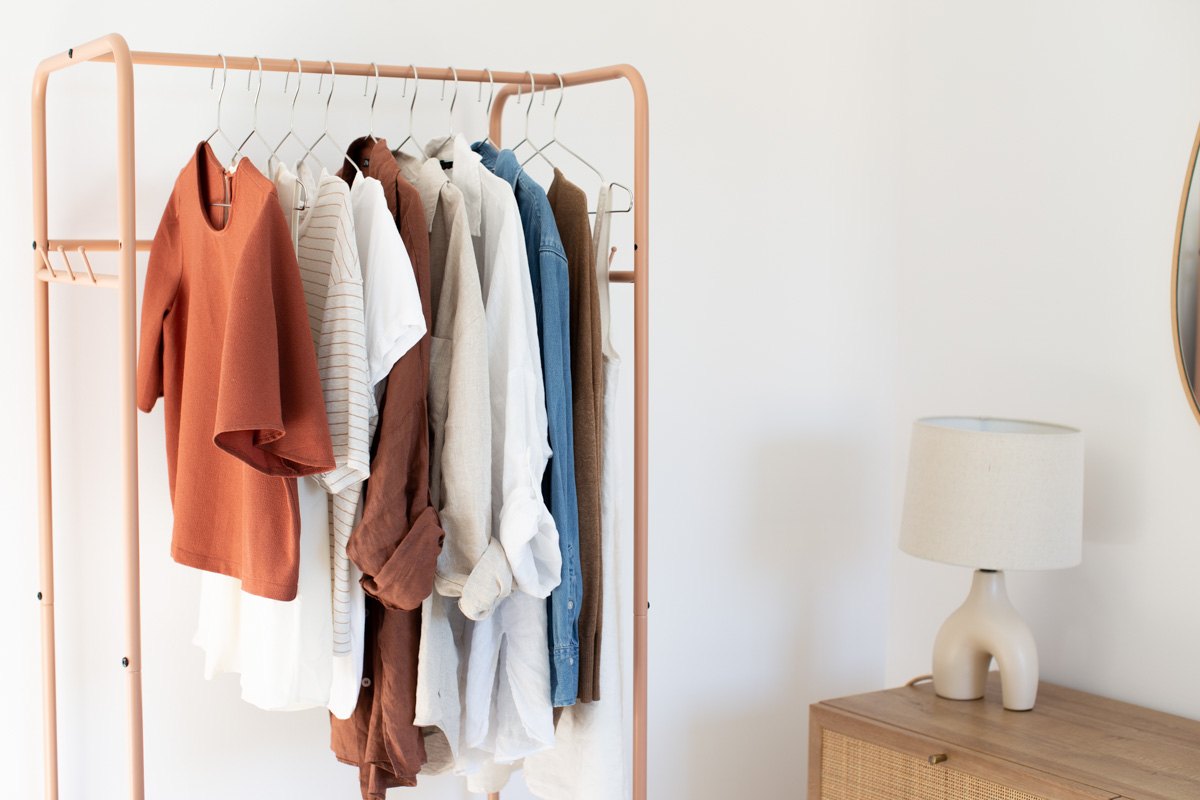

Garden Storage
How To Start A Wardrobe From Scratch
Modified: January 7, 2024
Learn how to start a wardrobe from scratch and optimize your storage with our expert tips and tricks. Create a functional and stylish space.
(Many of the links in this article redirect to a specific reviewed product. Your purchase of these products through affiliate links helps to generate commission for Storables.com, at no extra cost. Learn more)
Introduction
Welcome to the wonderful world of fashion and style! Building a wardrobe from scratch can be an exciting and daunting endeavor. Whether you are starting fresh or revamping your existing wardrobe, this guide is here to help you navigate through the process and create a wardrobe that truly reflects your personal style.
When it comes to building a wardrobe, it’s important to consider your needs, lifestyle, and individual taste. Your wardrobe should be a curation of pieces that make you feel confident, comfortable, and ready to take on the world.
Before diving into the fashion world, take a moment to assess your needs and personal style. Consider your daily activities, such as work, social events, hobbies, and the climate of your environment. This will help determine the types of clothing and accessories you require to meet those activities and adapt to different occasions.
Now, let’s talk about budget. Building a wardrobe doesn’t mean you have to break the bank. Establishing a budget will help you prioritize and make informed decisions when making purchases. Allocate a reasonable amount of money that you’re comfortable spending on clothing and accessories. Remember, quality pieces might be pricier, but they will last longer, saving you money in the long run.
With your needs and budget in mind, it’s time to build an essentials list. These are the core pieces that will form the foundation of your wardrobe. Think about versatile items that can be mixed and matched with ease, such as a tailored blazer, a pair of dark-wash jeans, a white button-down shirt, and a little black dress. These timeless pieces will serve as the backbone of your wardrobe and can be accessorized to create different looks.
Now, let’s focus on selecting neutral basics. Neutral colors, such as black, white, gray, and navy, are essential for creating versatile looks. They can easily be paired with other colors and patterns, allowing for endless combinations. Invest in well-fitting neutral pieces that can be dressed up or down, providing you with a range of outfit options for any occasion.
While neutrals are the foundation, don’t be afraid to incorporate colors and patterns that reflect your personality. Experiment with statement pieces, prints, and bold accessories that add excitement and visual interest to your outfits. Remember, style is all about self-expression, so have fun with it!
When it comes to fabrics, choose wisely. Opt for high-quality materials that not only look good but also feel good on your skin. Fabrics like cotton, silk, and wool are known for their durability and comfort. Avoid synthetic fabrics that may not breathe well or withstand frequent wear and washing. Ensuring that your garments are made of good quality fabric will enhance their longevity.
Now, let’s address the importance of shopping for quality pieces. It’s better to invest in a few well-made, long-lasting items rather than purchase a large number of cheaper, disposable garments. Quality garments not only look better but also tend to fit better, providing you with a more polished and put-together appearance.
Speaking of fit, finding the perfect fit is paramount. Consider your body shape and proportions when selecting clothing. Pay attention to the measurements and size charts provided by retailers and don’t hesitate to try things on before purchasing. Remember, clothes that fit well will always look better, no matter the style or price.
Accessorizing your wardrobe is the icing on the cake. Accessories add personality and complete your outfits. Invest in timeless pieces like a statement necklace, a classic watch, or a quality handbag. These accessories can elevate any look and provide versatility to your wardrobe.
Lastly, organizing and maintaining your wardrobe is crucial to ensure that your pieces are well-preserved and readily accessible. Utilize storage solutions such as hangers, drawers, and shelves to keep your clothes neatly organized. Regularly declutter and donate items that no longer serve you.
Building a wardrobe from scratch is a journey that evolves over time. It requires patience, thoughtful consideration, and a willingness to experiment. Remember, fashion is an expression of your unique self, so embrace it and let your style shine!
Now that you have the foundation laid out, let’s dive deeper into each aspect of building a wardrobe and explore the endless possibilities that await you!
Key Takeaways:
- Building a wardrobe from scratch involves assessing personal style, creating a budget, and prioritizing quality over quantity. It’s a journey of self-discovery and self-expression, embracing individuality and confidence.
- Organizing and maintaining a wardrobe is essential for preserving clothing and ensuring easy access. It’s about creating a clutter-free space that reflects personal style and makes getting dressed a joyful experience.
Read more: How To Build A Shed From Scratch
Assessing Your Needs and Personal Style
Before you dive into the world of fashion and start building your wardrobe from scratch, it’s important to take some time to assess your needs and personal style. Understanding your lifestyle, preferences, and personal image will help guide your choices and ensure that your wardrobe is a true reflection of who you are.
Start by considering your daily activities and the different roles you play in your life. Are you a working professional, a stay-at-home parent, a student, or a mix of these? Each role will require different types of clothing and accessories to accommodate your specific needs.
Think about the climate and weather conditions in your area. Are you living in a warm and sunny climate, or does your location have distinct seasons? This will influence the types of fabrics and layers you’ll need in your wardrobe.
Next, consider your personal style. Do you prefer a classic and timeless look, or do you lean more towards trendy and fashion-forward styles? Are you drawn to bold colors and patterns, or do you prefer a more minimalistic and neutral aesthetic?
Look to people and places for inspiration. Browse fashion magazines, websites, and social media platforms to discover styles that resonate with you. Create a collage or Pinterest board of outfits and looks that you find appealing. This will help you identify patterns and determine the overall style direction you want to pursue.
Another effective way to assess your personal style is to take a look at your existing wardrobe. Take note of the pieces you wear most frequently and feel most comfortable in. Identify any patterns or recurring themes in your clothing choices. This will give you insight into your personal preferences and help you build on what already works well for you.
Of course, personal style goes beyond just clothing. Consider other aspects of your image, such as hair, makeup, and accessories. How do these elements contribute to your overall style? Are there any adjustments or enhancements you would like to make?
Finally, it’s important to remember that personal style is not static. It evolves and changes over time, just as we do. Be open to exploring new styles and experimenting with different looks. Building a wardrobe from scratch allows you the opportunity to explore and discover who you truly are and what makes you feel confident and authentic.
By taking the time to assess your needs and personal style, you’ll be able to build a wardrobe that is not only functional but also a true reflection of your unique self. So, grab a cup of coffee, sit down with a notebook, and start exploring your fashion journey!
Creating a Budget
When it comes to building a wardrobe from scratch, one of the most important aspects to consider is creating a budget. Establishing a budget will help you prioritize your spending, make informed decisions, and ensure that you stay on track financially.
Firstly, determine a realistic amount of money that you’re comfortable allocating to your wardrobe. This will vary based on your personal circumstances, such as income, expenses, and financial goals. Setting a budget will help you avoid overspending and keep your expenses in check.
Take into account your current financial situation and how much you can comfortably allocate towards clothing and accessories each month or year. It’s crucial to strike a balance between investing in quality pieces and staying within your means.
Consider the long-term value of your purchases. While it may be tempting to go for cheaper options to save money, investing in higher-quality pieces can actually save you money in the long run. Quality items tend to last longer, require fewer repairs, and maintain their appearance over time. They can be staples in your wardrobe for several years, reducing the need for constant replacements.
Research and be aware of the average prices for the types of items you’re looking to include in your wardrobe. This will give you a realistic expectation of what you can afford and help you make educated decisions when shopping.
Another helpful strategy is to prioritize your spending. Identify the items that are essential for your lifestyle and focus on acquiring those first. These may include work-appropriate attire, versatile basics, or special occasion garments.
Consider allocating a portion of your budget for investment pieces. These are timeless, high-quality items that are worth splurging on because of their durability and versatility. Examples of investment pieces include a well-tailored blazer, a quality leather handbag, or a classic pair of black pumps. These items can elevate your entire wardrobe and serve as a foundation for countless outfits.
Remember to leave some wiggle room in your budget for unexpected purchases or spontaneous fashion finds. It’s okay to treat yourself to a trendy piece or something that brings you joy, as long as it fits within your overall budget and spending plan.
As you build your wardrobe, keep track of your spending. This will help you stay accountable and ensure that you’re staying within your budgetary limits. There are several apps and tools available that can assist you in managing your finances and tracking expenses.
Lastly, be flexible with your budget as your needs and priorities may change over time. Allow yourself the freedom to reassess and make adjustments as necessary. Building a wardrobe should be an enjoyable and empowering experience, so don’t stress too much about sticking to a rigid budget.
By creating a budget, you’ll have a clear roadmap for your spending and ensure that you’re making thoughtful choices when building your wardrobe. So, grab your calculator and start budgeting your way to a stylish and financially responsible wardrobe!
Building an Essentials List
When starting a wardrobe from scratch, it’s crucial to begin by building a solid foundation of essential pieces. These are the versatile staples that form the backbone of your wardrobe and will serve as the base for creating countless stylish outfits.
Creating an essentials list involves carefully selecting timeless, classic items that can be mixed and matched with ease. They should be suitable for various occasions and adaptable to different seasons. Here are some key essentials to consider:
- A tailored blazer: A well-fitted blazer instantly elevates any outfit. Whether paired with jeans for a casual look or worn over a dress for a professional setting, a blazer adds polish and sophistication to your ensemble.
- A white button-down shirt: This iconic piece is a true wardrobe staple. It can be dressed up with trousers or a skirt for a formal look or worn with jeans for a more relaxed, yet sophisticated, vibe. Opt for a classic fit that flatters your body shape.
- A pair of dark-wash jeans: Dark-wash jeans are incredibly versatile and can be dressed up or down depending on the occasion. Look for a flattering fit and a style that complements your body shape.
- A little black dress (LBD): The LBD is a timeless piece that can be worn for numerous occasions, from cocktail parties to formal events. Choose a style that is flattering and suits your personal taste.
- A versatile skirt: A skirt in a neutral color or a classic pattern, such as a pencil skirt or an A-line skirt, can be paired with a variety of tops to create different looks. It’s a must-have for both casual and formal occasions.
- A pair of tailored trousers: Whether in solid black, gray, or navy, a well-fitted pair of trousers is a workwear essential. Look for a style that flatters your body type and can effortlessly transition from the office to after-work events.
- A basic t-shirt: A good quality, well-fitting t-shirt in a neutral color is the foundation for many casual looks. It pairs well with jeans, skirts, or under a blazer for a more polished appearance.
- A comfortable and stylish pair of flat shoes: Invest in a pair of flats that are both comfortable and versatile. They should be suitable for long days on your feet and complement a range of outfits.
- A classic handbag: Choose a timeless handbag that is both functional and stylish. Consider a neutral color and a size that suits your daily needs, whether it’s a tote, a crossbody, or a structured handbag.
- A trench coat or a versatile outerwear piece: Depending on your climate, a trench coat or a versatile jacket can be a valuable addition to your essentials list. Look for a style that can be worn over a variety of outfits and is appropriate for different seasons.
Remember, these items are just a starting point. Your essentials list may differ based on your personal style, needs, and lifestyle. Choose pieces that align with your preferences and consider any additional items that you feel are essential for your wardrobe.
By building a strong foundation of essentials, you’ll have a versatile and functional wardrobe that can easily be expanded upon with trendier and unique pieces. These essentials serve as the building blocks upon which you can create endless outfit combinations, ensuring that you’re always well-dressed and confident in any situation.
Selecting Neutral Basics
When it comes to building a wardrobe from scratch, selecting neutral basics is a key step in creating a versatile and cohesive collection of clothing. Neutral colors act as a foundation, allowing you to easily mix and match different pieces while creating timeless and elegant looks. Here are some tips for selecting neutral basics:
- Black: Black is a classic and universally flattering color that adds sophistication and simplicity to any outfit. Consider investing in a black blazer, black trousers, a little black dress, or a black skirt as versatile pieces that can be styled in numerous ways.
- White: White is a fresh, clean, and timeless color that instantly brightens up your look. A white button-down shirt, white jeans, a white blouse, or a white skirt can be dressed up or down and paired with virtually any color or pattern.
- Gray: Gray is a neutral color that adds depth and versatility to your wardrobe. Opt for gray basics like a gray sweater, gray trousers, or a gray cardigan. Gray pairs well with both cool and warm tones, making it a versatile and practical choice.
- Navy: Navy is a sophisticated and understated color that can replace black in many outfits. Consider adding a navy blazer, navy trousers, or a navy dress to your wardrobe. Navy is particularly versatile for both professional and casual looks.
- Beige or Tan: Beige or tan shades offer a warm and natural palette that complements a wide range of colors. These neutral tones are particularly beautiful in knitwear, blazers, or coats that can be styled with various outfits.
When selecting neutral basics, pay attention to the fit and silhouette of each item. Ensure that the cut and style flatter your body shape and enhance your features. Well-fitting basics create a solid foundation for other pieces and make mixing and matching effortless.
It’s also worth considering the fabric choices for your neutral basics. Opt for fabrics that are both comfortable and durable. Natural materials like cotton, wool, and silk are excellent options that offer breathability, comfort, and longevity in your wardrobe.
Don’t be afraid to experiment with different textures and finishes within your neutral basics collection. Mixing matte and shiny fabrics or incorporating subtle patterns can add depth and dimension to your outfits, elevating your overall look.
Lastly, accessories play a significant role when styling neutral basics. Accessories such as belts, scarves, shoes, and jewelry can add pops of color, texture, and personality to your neutral outfits. Experiment with different accessories to create distinct and stylish looks for various occasions.
By incorporating neutral basics into your wardrobe, you’ll have a solid foundation for countless outfit options. These versatile pieces serve as the building blocks that allow you to create effortless and sophisticated looks while adding your individual flair through styling and accessorizing.
Read more: How To Remove Scratches From Toilet Seat
Incorporating Colors and Patterns
While neutral basics form the foundation of your wardrobe, incorporating colors and patterns is essential to add personality, vibrancy, and visual interest to your outfits. Experimenting with colors and patterns can elevate your style and help you create unique and eye-catching looks. Here are some tips for incorporating colors and patterns into your wardrobe:
- Start with a color palette: Choose a color palette that resonates with you and complements your personal style. You can opt for complementary colors (colors opposite each other on the color wheel), analogous colors (colors next to each other on the color wheel), or monochromatic colors (different shades of the same color). A well-chosen color palette will ensure that your outfits are cohesive and harmonious.
- Experiment with color-blocking: Color-blocking involves pairing contrasting colors in a single outfit. For example, you can combine a bright yellow top with a royal blue skirt or a fuchsia blazer with purple pants. This adds a bold and modern touch to your look, while still maintaining a stylish and put-together aesthetic.
- Introduce patterns with caution: Patterns can bring a playful and fun element to your outfits. Start by incorporating smaller patterns like stripes, polka dots, or houndstooth into your wardrobe. As you become more comfortable, you can experiment with larger or bolder patterns like florals, animal prints, or geometric designs.
- Mix patterns for visual interest: Once you feel confident with incorporating patterns, don’t be afraid to mix and match different patterns in a single outfit. The key is to ensure that the patterns have a common color or element that ties them together. For example, pair a floral top with striped trousers, or a leopard print skirt with a plaid shirt. Mixing patterns creates a unique and fashion-forward look.
- Use colors and patterns strategically: If you prefer a more minimalistic or understated style, you can incorporate pops of color or patterns through accessories, such as scarves, shoes, or handbags. This allows you to add visual interest and variety to your outfits without overwhelming your overall look.
- Consider the occasion and your personal style: When incorporating colors and patterns, consider the occasion and your personal style. Vibrant colors and bold patterns may be more appropriate for casual or social events, while more subdued colors and subtle patterns may be better suited for professional or formal settings. Remember to stay true to your personal style and wear what makes you feel confident and comfortable.
As you experiment with colors and patterns, don’t be afraid to step out of your comfort zone and have fun. Fashion is a form of self-expression, and incorporating colors and patterns allows you to showcase your personality and creativity. Embrace the joy of mixing and matching different elements in your wardrobe to create visually engaging and stylish outfits.
Remember, balance is key. When incorporating colors and patterns, choose one focal point and let it stand out while keeping the rest of your outfit more subdued. This will create a visually pleasing and well-balanced look.
By incorporating colors and patterns into your wardrobe, you’ll bring life and excitement to your outfits, turning heads and expressing your unique style. So go ahead, embrace the vibrant world of colors and patterns, and let your fashion choices speak volumes!
When starting a wardrobe from scratch, focus on building a foundation of versatile, high-quality basics such as a white t-shirt, a classic pair of jeans, a tailored blazer, and a little black dress. These pieces can be mixed and matched to create a variety of stylish looks.
Choosing the Right Fabrics
When building a wardrobe from scratch, it’s important not only to focus on style and aesthetics but also on choosing the right fabrics. The fabrics you select can greatly impact the comfort, durability, and overall quality of your garments. Here are some tips for choosing the right fabrics:
- Cotton: Cotton is a popular and versatile fabric known for its breathability, softness, and comfort. It is suitable for a wide range of climates and is especially ideal for casual wear. Look for high-quality cotton garments that are well-constructed to ensure longevity.
- Wool: Wool is a natural fiber that offers excellent insulation and warmth. It is perfect for cooler climates and is often used in sweaters, coats, and suits. Opt for garments made from pure or high-quality wool to ensure both durability and comfort.
- Silk: Silk is a luxurious fabric that is prized for its smooth and lustrous texture. It is lightweight, breathable, and drapes beautifully. Silk is commonly used in blouses, dresses, and scarves, adding an elegant touch to your wardrobe. Look for high-quality silk garments that are well-constructed to ensure they stand the test of time.
- Linen: Linen is a lightweight, breathable fabric that is perfect for hot climates. It has a natural, slightly textured appearance and is commonly used in shirts, dresses, and trousers. Keep in mind that linen tends to wrinkle easily, but this can add to its relaxed and effortless charm.
- Denim: Denim is a durable and versatile fabric that is commonly used in jeans, jackets, and skirts. It is known for its sturdiness and longevity and can be dressed up or down depending on the occasion. Look for high-quality denim with a good amount of stretch for comfort.
- Synthetic Fabrics: Synthetic fabrics like polyester, nylon, and acrylic are often used to create specific features in clothing, such as stretch, moisture-wicking, or durability. While they can be budget-friendly and offer certain benefits, they may not be as breathable or comfortable as natural fibers. It’s best to choose synthetic fabrics with care and ensure they are of good quality.
When choosing fabrics, it’s important to consider not only their properties but also their care requirements. Some fabrics, such as silk and wool, may require special care like dry cleaning or hand washing, while others like cotton and denim can be easily machine washed. Understanding the care instructions for each fabric will help you maintain the quality and longevity of your garments.
Additionally, consider the purpose of the garment and how the fabric will perform in that context. For example, activewear may require moisture-wicking or quick-drying fabric, while formal attire may benefit from fabrics that drape well and resist wrinkles.
Lastly, it’s worth noting that fabric blends are also common in clothing. Blending different fabrics can offer the benefits of multiple fibers, such as combining the breathability of cotton with the stretch of spandex. Look for fabric blends that offer the desired features and ensure they are well-made and durable.
Choosing the right fabrics will enhance the comfort, longevity, and overall quality of your wardrobe. By considering the properties and care requirements of different fabrics, you can make informed decisions that align with your style preferences and practical needs.
Remember, the fabric you choose plays a significant role in how you feel in your clothes, so take the time to select fabrics that not only look good but also make you feel good when wearing them.
Shopping for Quality Pieces
When building a wardrobe from scratch, it’s important to prioritize quality over quantity. Investing in high-quality pieces will not only elevate your style but also ensure that your garments last longer and withstand the test of time. Here are some tips for shopping for quality pieces:
- Research brands and designers: Before making a purchase, take the time to research brands and designers that are known for their commitment to quality. Look for brands with a reputation for using high-quality materials, superior craftsmanship, and ethical manufacturing practices. Customer reviews and recommendations can also provide valuable insights.
- Inspect the garment: When shopping, carefully inspect the garment for any signs of poor construction or flaws. Check the stitching, seams, buttons, and zippers to ensure they are secure and well-made. Pay attention to the fabric and look for any inconsistencies or damages. Don’t be afraid to try the garment on and assess its fit and comfort.
- Feel the fabric: The fabric is a crucial indicator of quality. Run your fingers over the fabric to assess its texture and thickness. Quality fabrics should feel substantial, smooth, and durable. Avoid fabrics that feel overly thin, rough, or cheap. Natural fibers like cotton, silk, and wool are often associated with higher quality.
- Check the care instructions: Carefully read the care instructions on the garment. Quality pieces often require special care, such as dry cleaning or handwashing. Ensure that you are willing to invest the time and effort into properly maintaining the garment to preserve its quality and longevity.
- Consider the price: While price alone is not always an indication of quality, extremely low prices may be a red flag. Quality garments often come with a slightly higher price tag due to the use of premium materials and skilled craftsmanship. Establish a budget and be willing to invest in key pieces that will serve you well in the long run.
- Shop from reputable retailers: Stick to reputable retailers who have a reputation for providing high-quality clothing and excellent customer service. These retailers are more likely to carry well-curated collections from trusted designers and brands.
- Read reviews and seek recommendations: Read online reviews and seek recommendations from friends, family, or fashion communities. Hearing from others who have purchased the same item or have experience with a particular brand can give you valuable insights into the quality and durability of the garment.
- Consider timeless styles: Classic and timeless styles tend to have longer lifespans than trendy pieces. Opt for garments with clean lines and versatile designs. Investing in timeless styles allows you to wear them for years to come, transcending seasonal trends.
- Buy from sustainable and ethical brands: Consider supporting brands that prioritize sustainable and ethical practices. These brands often have a commitment to quality, ensuring that their garments are made to last while minimizing their impact on the environment and ensuring fair treatment of workers.
Remember, building a wardrobe with quality pieces is a long-term investment. While it may require a bit more upfront cost, the durability, comfort, and longevity of these garments will ultimately save you money in the long run. Choose quality over quantity, and your wardrobe will be filled with pieces that you love and cherish for years to come.
By following these tips and being mindful of quality, you can build a wardrobe that is not only stylish but also built to last.
Finding the Perfect Fit
When building a wardrobe from scratch, one of the most important factors to consider is finding the perfect fit for your clothing. A garment that fits well not only looks better but also makes you feel confident and comfortable. Here are some tips to help you find the perfect fit:
- Know your measurements: Take accurate measurements of your bust, waist, hips, and inseam before shopping for clothing. These measurements serve as a guide to ensure that you select the right size and avoid purchasing items that are too tight or too loose.
- Read size charts: Pay attention to size charts provided by retailers. Sizes can vary between brands and even between different styles within the same brand. Refer to the size chart to determine which size is most likely to fit you based on your measurements.
- Try things on: Whenever possible, try clothing on before making a purchase. Different brands and styles may fit differently, even if they are labeled with the same size. Don’t rely solely on the size label; trust how the garment feels and looks on your body.
- Pay attention to key areas: When trying on clothing, pay attention to how it fits in key areas such as the shoulders, bust, waist, hips, and length. The shoulders should align with your natural shoulder line, the bust area should not be too tight or too loose, and the waist and hips should have a comfortable fit. The length of tops, pants, and skirts should be appropriate for your height and proportion.
- Consider alterations: If you find a garment that you absolutely love but it doesn’t fit perfectly, consider getting it tailored. Alterations can make a significant difference in the way clothing fits and flatters your body. Finding a trusted tailor who can make adjustments to your garments will ensure that they fit you flawlessly.
- Pay attention to fabric and stretch: Different fabrics and garments have different stretch properties. Consider the amount of stretch in a fabric and whether it will provide a comfortable fit. Fabrics with a bit of stretch, such as spandex or elastane blends, can offer a better fit and flexibility.
- Shop for your body shape: Keep your body shape in mind when selecting clothing. Different styles and cuts suit different body types, so experiment with silhouettes that flatter your figure. For example, empire waist styles can be flattering for those with an hourglass shape, while A-line skirts can be flattering for those with a pear shape.
- Ask for a second opinion: Sometimes, it can be helpful to get a second opinion when trying on clothing. Bring a trusted friend or family member along to provide feedback on the fit, style, and overall look of the garments you’re considering.
Remember, finding the perfect fit may require some trial and error. Not every garment will fit you perfectly off the rack, and that’s okay. Embrace the process of finding what works for your unique body shape and proportions.
Also, keep in mind that your body may change over time, so it’s important to reassess your measurements and fit preferences periodically. Don’t be afraid to try on different sizes and styles to find what suits you best.
Finding the perfect fit is essential for building a wardrobe that makes you feel confident and comfortable. By knowing your measurements, trying things on, and paying attention to key areas, you’ll be able to curate a collection of garments that fit you like they were tailor-made just for you.
Read more: How To Stop Cat From Scratching The Carpet
Accessorizing Your Wardrobe
Accessorizing is the perfect way to add personality, flair, and a finishing touch to your wardrobe. Accessories can elevate a simple outfit, transform a look from day to night, and showcase your unique style. Here are some tips for accessorizing your wardrobe:
- Jewelry: Jewelry is a versatile accessory that can instantly enhance any outfit. Choose pieces that complement your style and add a touch of sparkle or sophistication. Whether you prefer delicate necklaces, statement earrings, or stackable rings, jewelry can elevate your look and make a statement.
- Scarves: Scarves are not only functional but also stylish. They can add color, pattern, and texture to your outfits while keeping you warm. Experiment with different ways to tie and drape scarves to create unique looks that reflect your personal style.
- Belts: Belts are both functional and fashionable accessories. They can help define your waist and add shape to loose-fitting garments. Choose belts in different widths, colors, and materials to create different looks and cinch dresses, tops, or high-waisted pants.
- Hats: Hats are both practical and stylish accessories. They can protect you from the sun while adding a touch of sophistication or bohemian flair to your outfit. Experiment with different styles, such as wide-brimmed hats, fedoras, or beanies, depending on the occasion and season.
- Handbags: A stylish handbag is a must-have accessory that serves both fashion and function. Invest in high-quality handbags that suit your lifestyle and personal style. From tote bags to crossbody bags, choose designs that are versatile and can carry your essentials while making a statement.
- Shoes: Shoes can make or break an outfit, so select footwear that matches your style and provides comfort. From heels and boots to sneakers and sandals, build a well-rounded shoe collection that covers different occasions and seasons.
- Statement Pieces: Don’t shy away from statement accessories that demand attention and become the focal point of your outfit. Bold necklaces, chunky bracelets, or oversized sunglasses can add drama and excitement to an otherwise simple ensemble.
- Layering: Layering accessories can create depth and interest in your outfit. Play with combinations of necklaces, bracelets, or rings of varying lengths and sizes to create a unique and personalized look.
- Experiment: Don’t be afraid to experiment with accessories and step out of your comfort zone. Try mixing different textures, materials, and colors to create unexpected combinations. The beauty of accessories is that they can be easily switched out and changed up, so feel free to play and have fun!
Remember, accessorizing is an opportunity to showcase your individuality and express your personal style. Have confidence in your choices and wear accessories that make you feel confident and empowered.
As with all aspects of fashion, there are no hard and fast rules when it comes to accessorizing. Trust your instincts and let your creativity shine. Experiment, layer, mix and match until you find the perfect balance that completes your outfits and makes them uniquely yours.
Accessorizing allows you to transform your wardrobe, breathe new life into existing pieces, and make a statement without breaking the bank. So go ahead, embrace the power of accessories and let them be the cherry on top of your fashionable looks!
Organizing and Maintaining Your Wardrobe
Building a wardrobe from scratch is just the first step; maintaining and organizing it is equally important to ensure that your clothing remains in good condition and easily accessible. Here are some tips on how to organize and maintain your wardrobe:
- Purge and Declutter: Regularly assess your wardrobe and purge items that no longer fit, are damaged beyond repair, or no longer align with your personal style. This step will help you create space for new additions and ensure that your wardrobe consists of items you love and wear.
- Categorize by Type: Organize your clothing by type, such as tops, bottoms, dresses, and outerwear. Within each category, subdivide further by organizing by style or color. This organization system makes it easier to find what you’re looking for and keeps your wardrobe visually appealing.
- Utilize Storage Solutions: Invest in storage solutions that suit your space and needs. Use hangers, shelves, shoe racks, and drawer dividers to maximize your storage capacity and keep your clothing easily accessible, wrinkle-free, and well-maintained.
- Rotate Seasonal Items: As the seasons change, rotate your wardrobe to ensure that the appropriate clothing is easily accessible. Pack away out-of-season items in storage containers or vacuum-sealed bags to free up space and keep your wardrobe clutter-free.
- Store Delicate Items Properly: Delicate fabrics like silk, lace, and cashmere require special care to maintain their quality. Fold these items neatly and store them in breathable garment bags or boxes to protect them from dust and preserve their condition.
- Follow Care Instructions: Pay close attention to the care instructions on your clothing items. Follow the recommended cleaning methods, whether it’s machine washing, hand washing, or dry cleaning. Properly caring for your garments will help maintain their color, shape, and overall quality.
- Repair and Maintain: Regularly assess your wardrobe for items that need repair, such as loose buttons, frayed hems, or missing zippers. Set aside time to mend these items or bring them to a professional tailor to ensure they are in good condition and ready to wear.
- Invest in Quality Hangers: Good-quality hangers can make a significant difference in preserving the shape and longevity of your clothing. Choose hangers that are appropriate for different garments, such as padded hangers for delicate items and wooden or sturdy plastic hangers for coats and jackets.
- Regularly Clean and Air Out Your Closet: Keep your closet clean and fresh by regularly dusting and wiping down surfaces, vacuuming the floor, and airing it out. Consider using natural air fresheners like sachets or dried lavender to keep your clothes smelling delightful.
- Create an Inventory: Consider creating a wardrobe inventory to keep track of your clothing items. This can help you identify any gaps in your wardrobe, prevent purchasing duplicates, and assist with outfit planning.
Maintaining an organized wardrobe not only saves you time in getting ready but also helps you appreciate and make the most of your clothing collection. It allows you to see what you have, take care of your items, and make intentional choices about your style.
Remember, periodically reassessing and organizing your wardrobe is essential as your style and needs may change over time. By organizing and maintaining your wardrobe, you’ll be able to enjoy a clutter-free space filled with clothes that make you feel confident and stylish.
With a little effort and commitment to keeping your wardrobe organized and maintained, you’ll be able to create a space that inspires you, reflects your style, and makes getting dressed each day a joyful experience.
Conclusion
Congratulations! You have successfully embarked on the journey of building a wardrobe from scratch. Building a wardrobe is not just about filling your closet with clothes; it’s a process of self-discovery, self-expression, and confidence building. Throughout this guide, we have explored various aspects of building a wardrobe, from assessing your needs and personal style to selecting quality pieces and organizing your collection.
Remember, building a wardrobe is a continuous process. Your style may evolve, your needs may change, and new fashion trends will emerge. Embrace this evolution and remain open to exploring new styles, experimenting with colors and patterns, and incorporating accessories that reflect your unique personality.
As you build your wardrobe, remember to prioritize quality over quantity. Invest in well-made, timeless pieces that will carry you through different seasons and occasions. These foundational pieces serve as the building blocks upon which you can layer trends and incorporate your personal style.
Take the time to know your body, understand your measurements, and find the perfect fit for each garment. A well-fitted outfit not only enhances your physical appearance but also boosts your self-confidence and allows you to move freely and comfortably throughout your day.
Organizing and maintaining your wardrobe is crucial to ensure that your clothing stays in good condition and remains accessible. Regularly decluttering, organizing by category, and following proper care instructions will help your clothing last longer and make getting dressed a breeze.
Finally, enjoy the process of building your wardrobe. It’s an opportunity for self-expression, creativity, and creating a confident image. Trust your instincts, embrace your personal style, and have fun experimenting with different looks and combinations.
Remember, your wardrobe is an extension of who you are. Build it with care, intention, and passion. Let your fashion choices empower you, boost your confidence, and inspire others. Dressing up is not just about the clothes, it’s about embracing your unique self and expressing your true identity to the world.
So go forth with excitement and creativity, curate a wardrobe that reflects your individuality, and confidently embrace your personal style!
Frequently Asked Questions about How To Start A Wardrobe From Scratch
Was this page helpful?
At Storables.com, we guarantee accurate and reliable information. Our content, validated by Expert Board Contributors, is crafted following stringent Editorial Policies. We're committed to providing you with well-researched, expert-backed insights for all your informational needs.
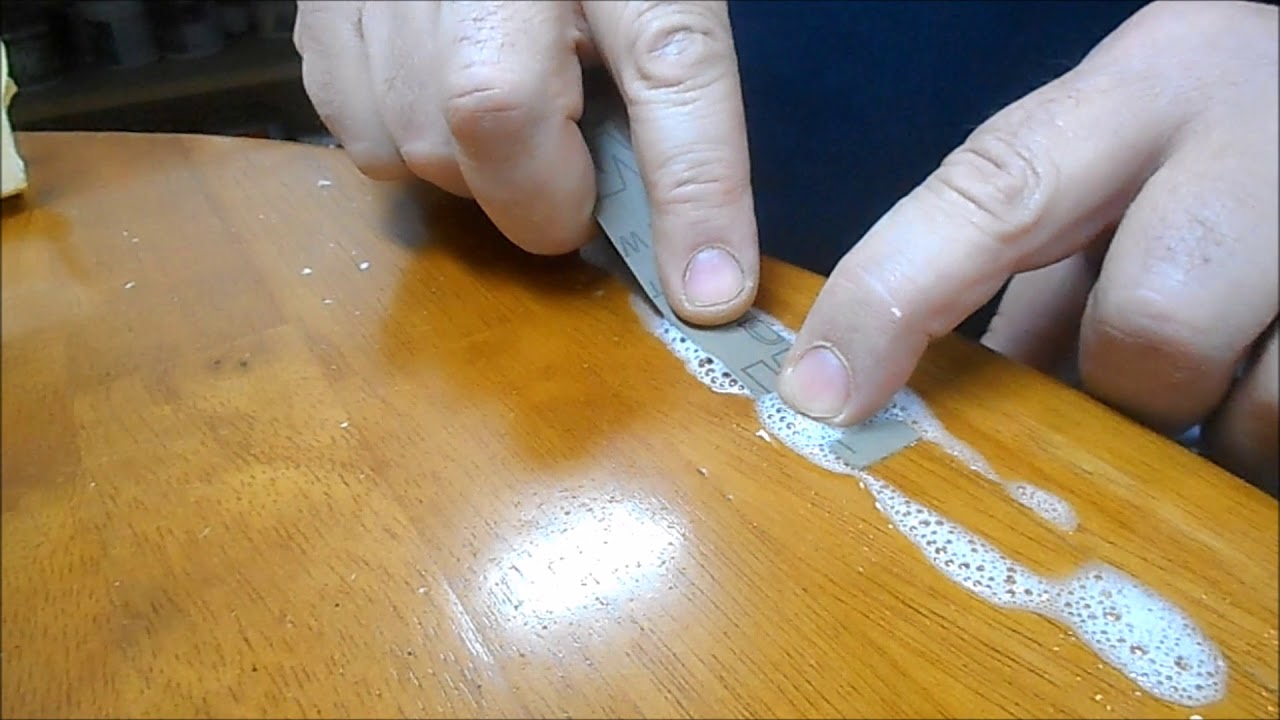
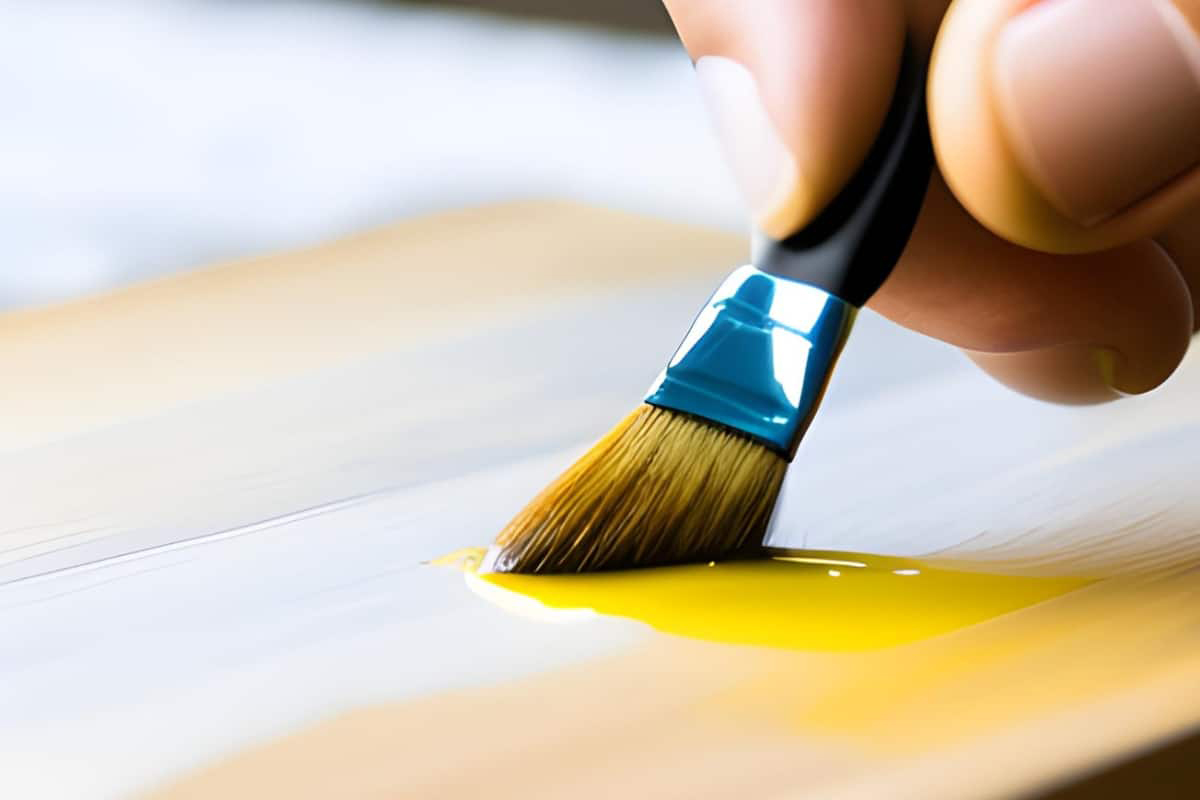
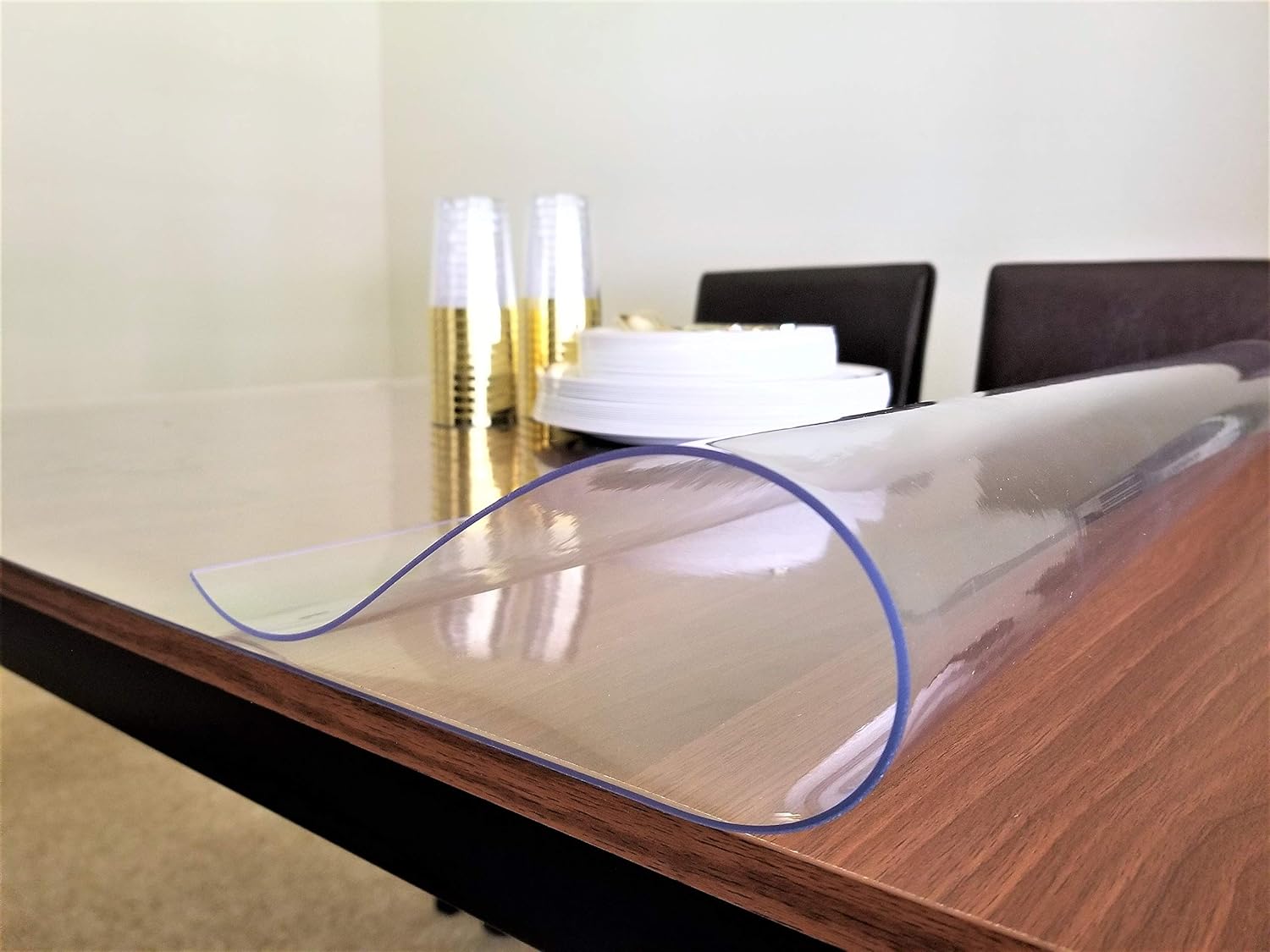

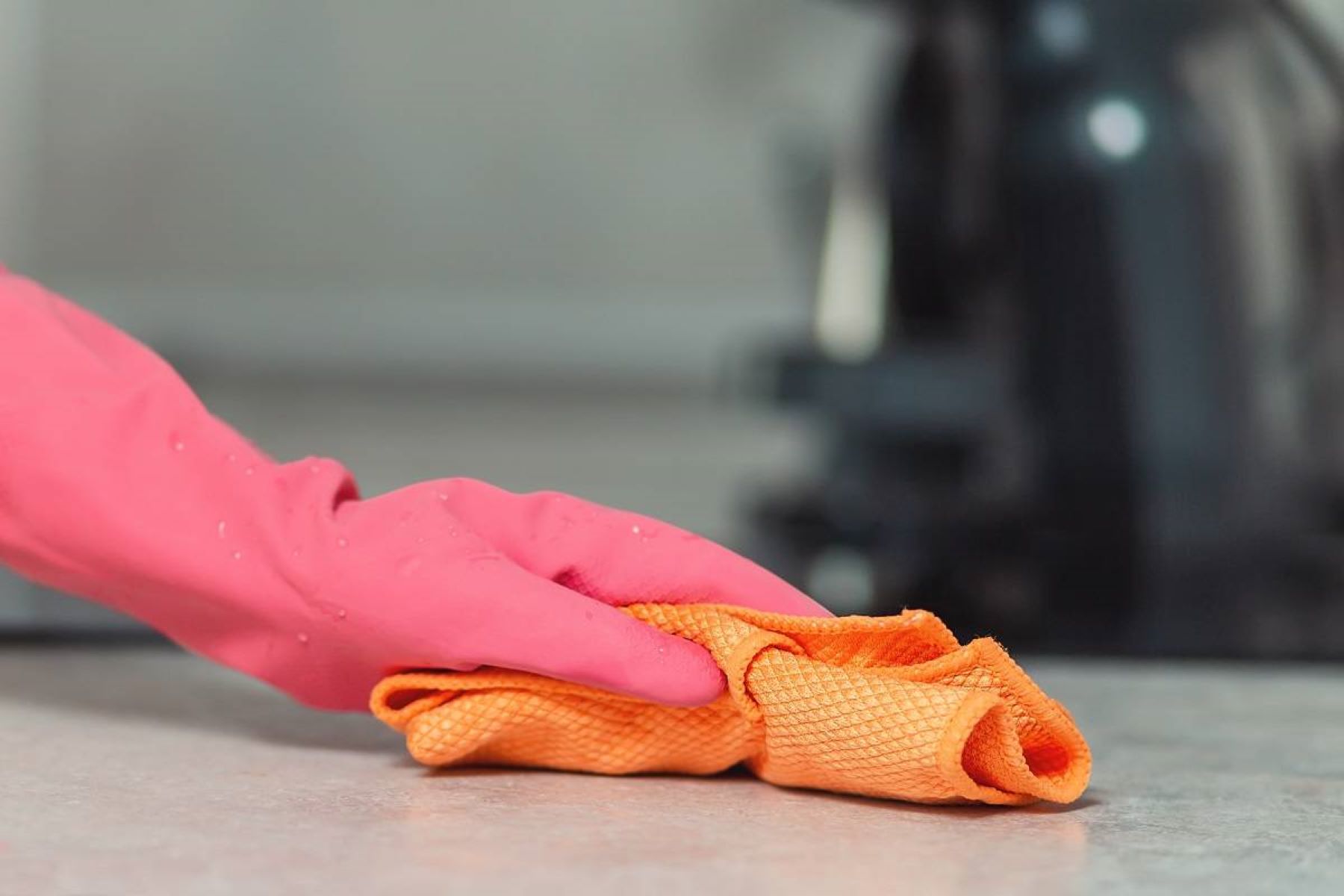
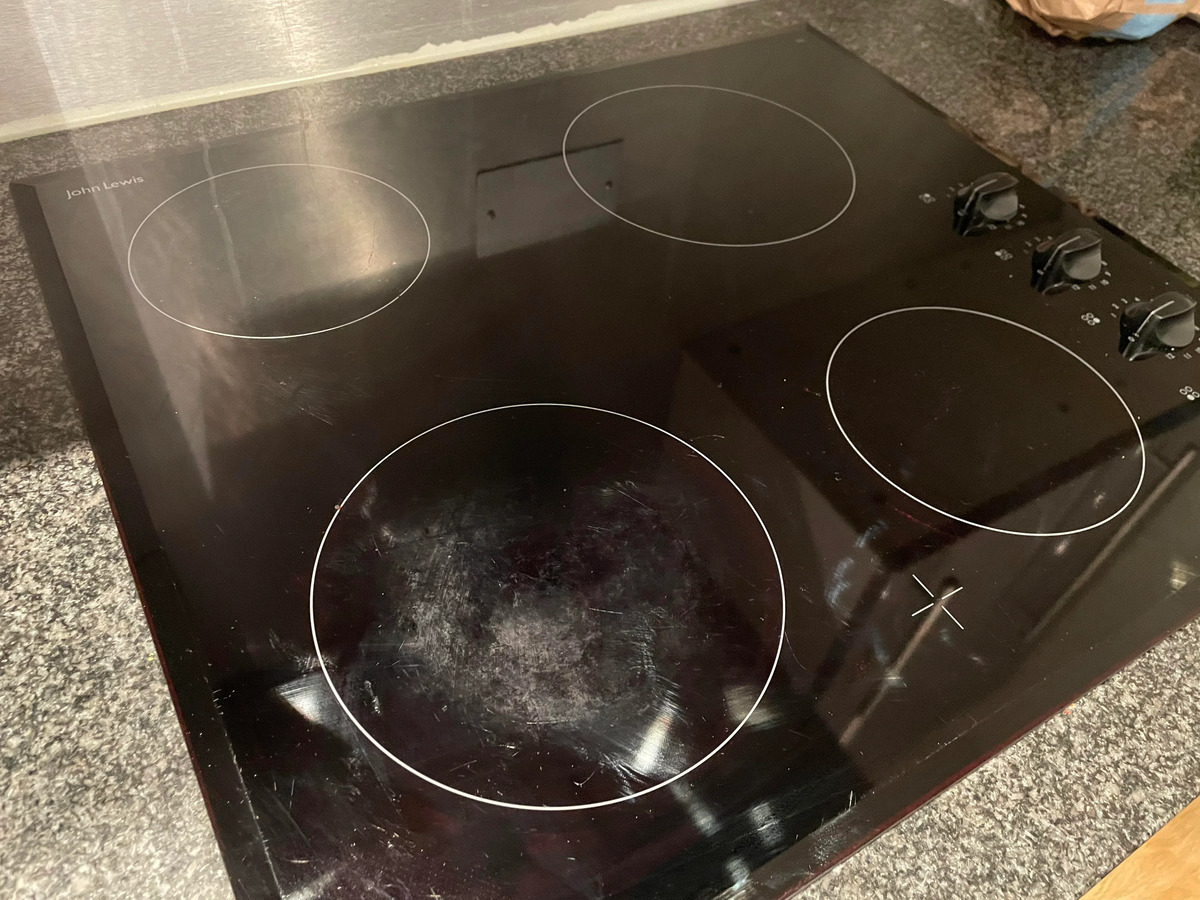

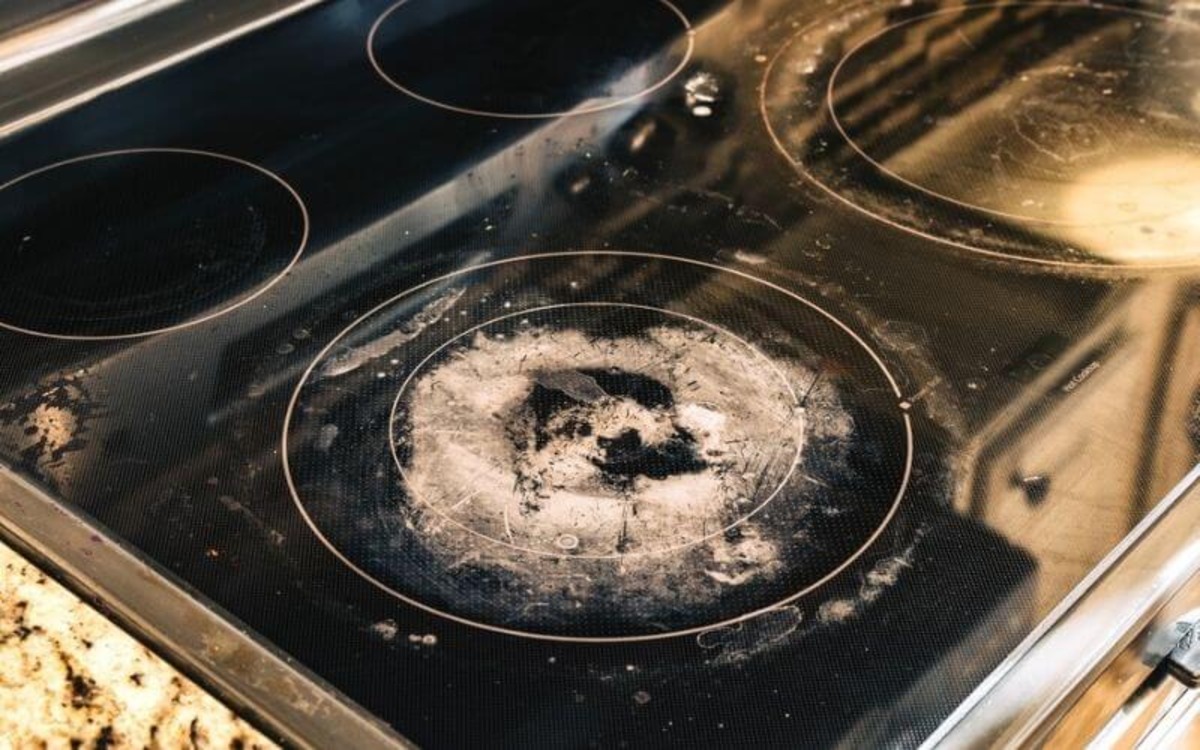
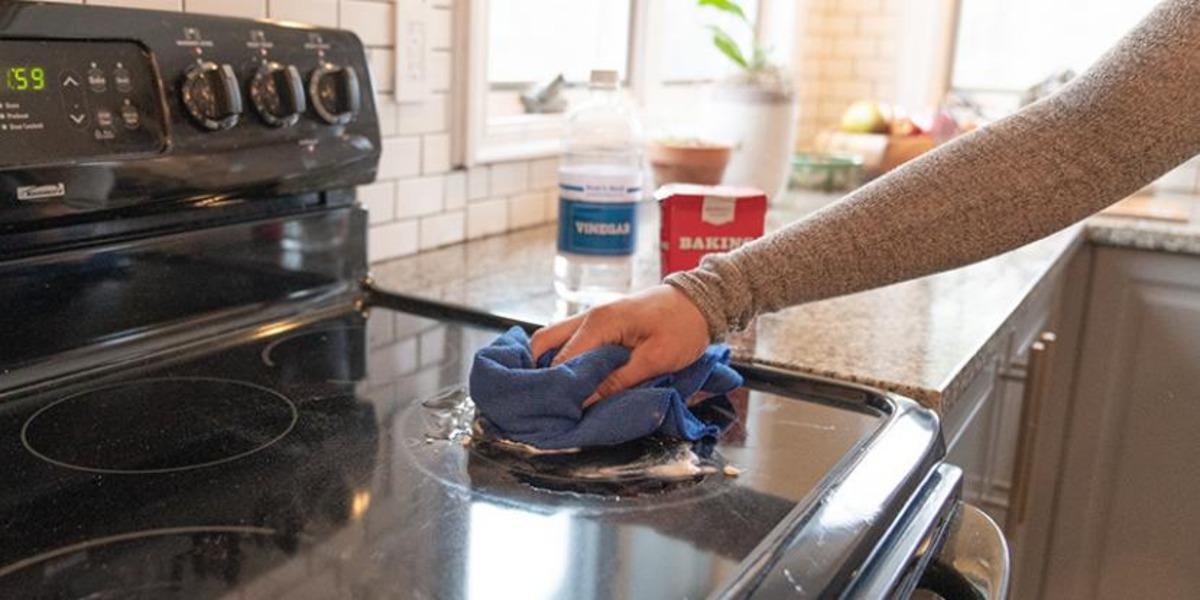
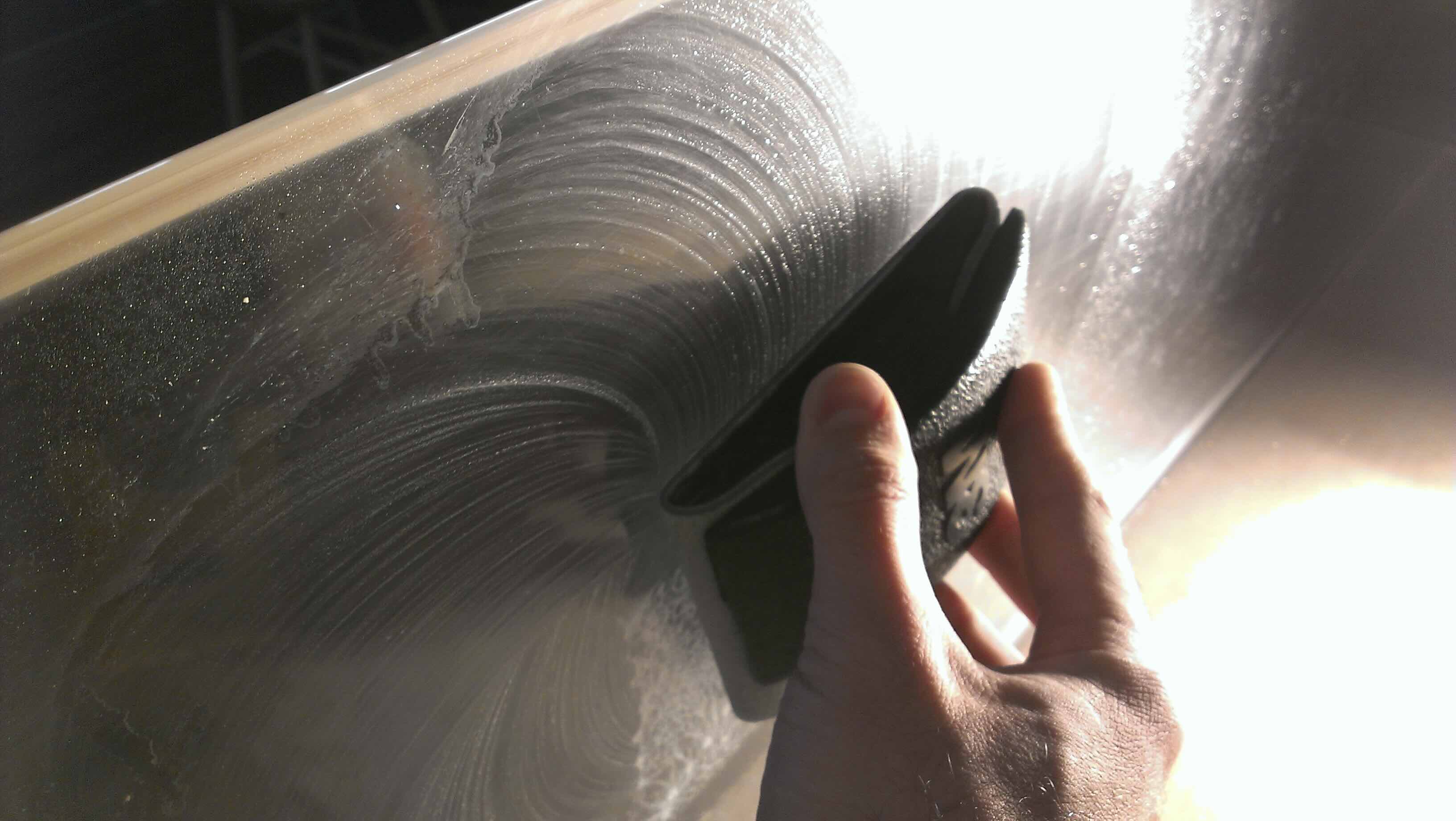
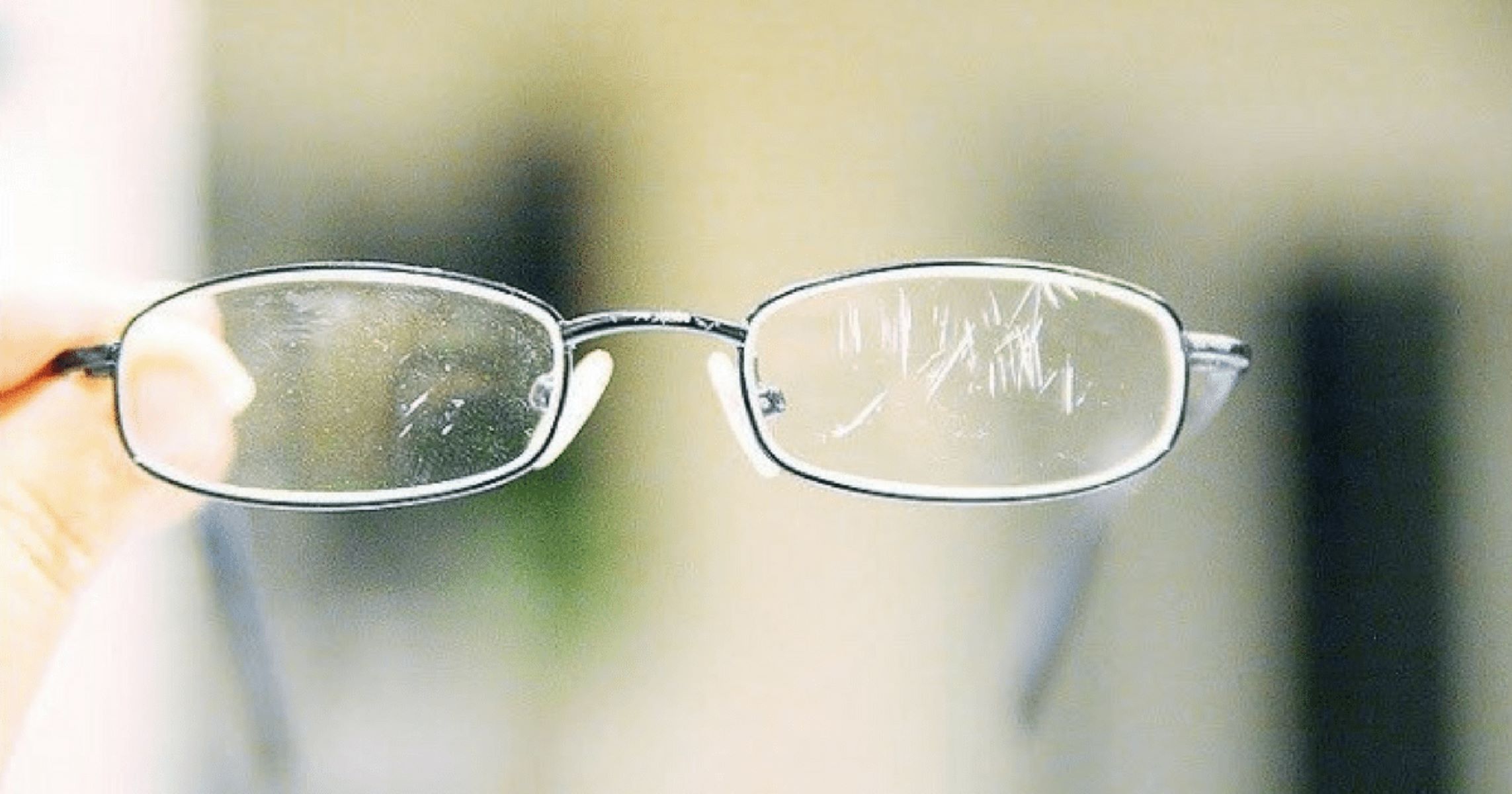
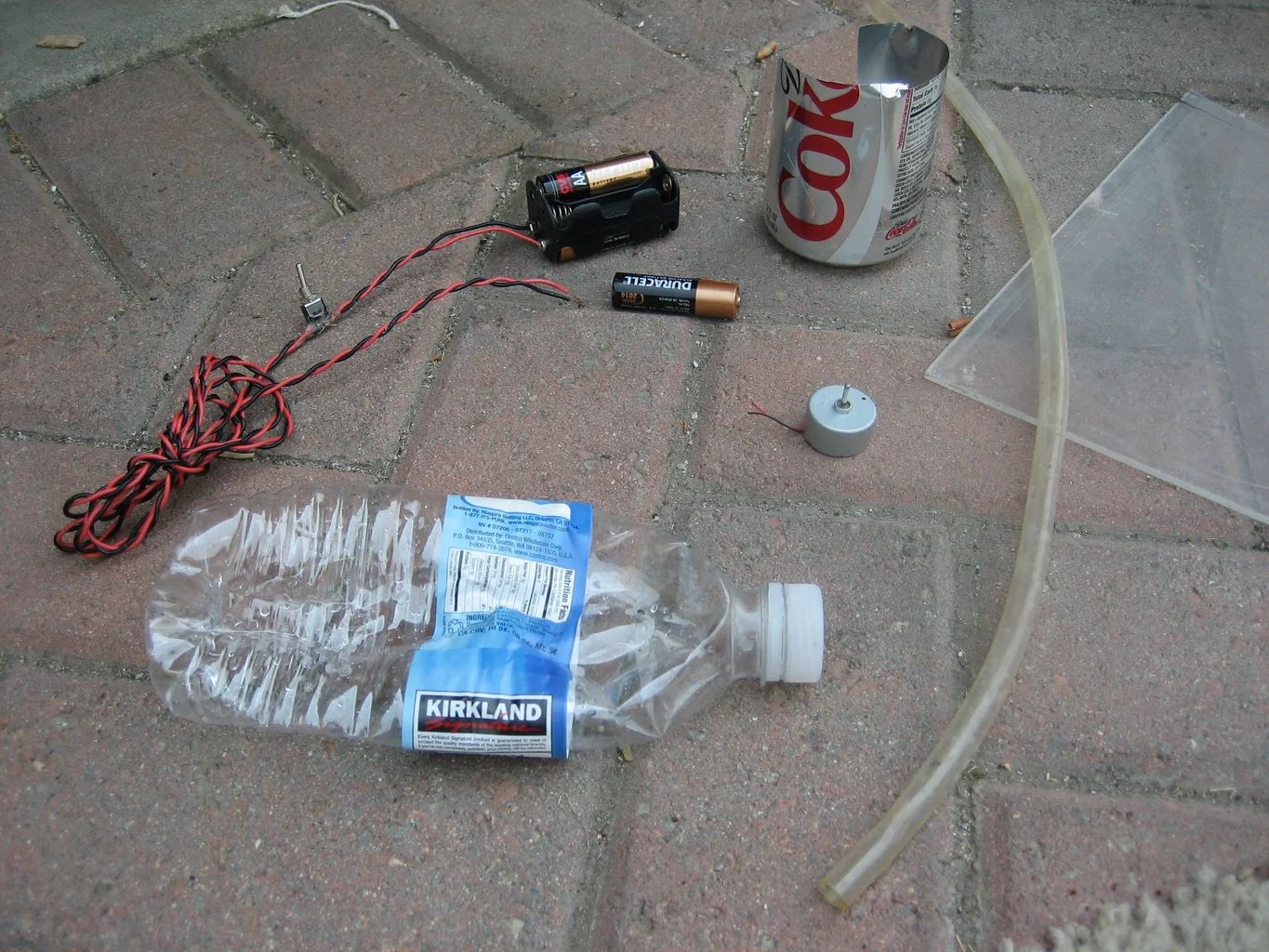
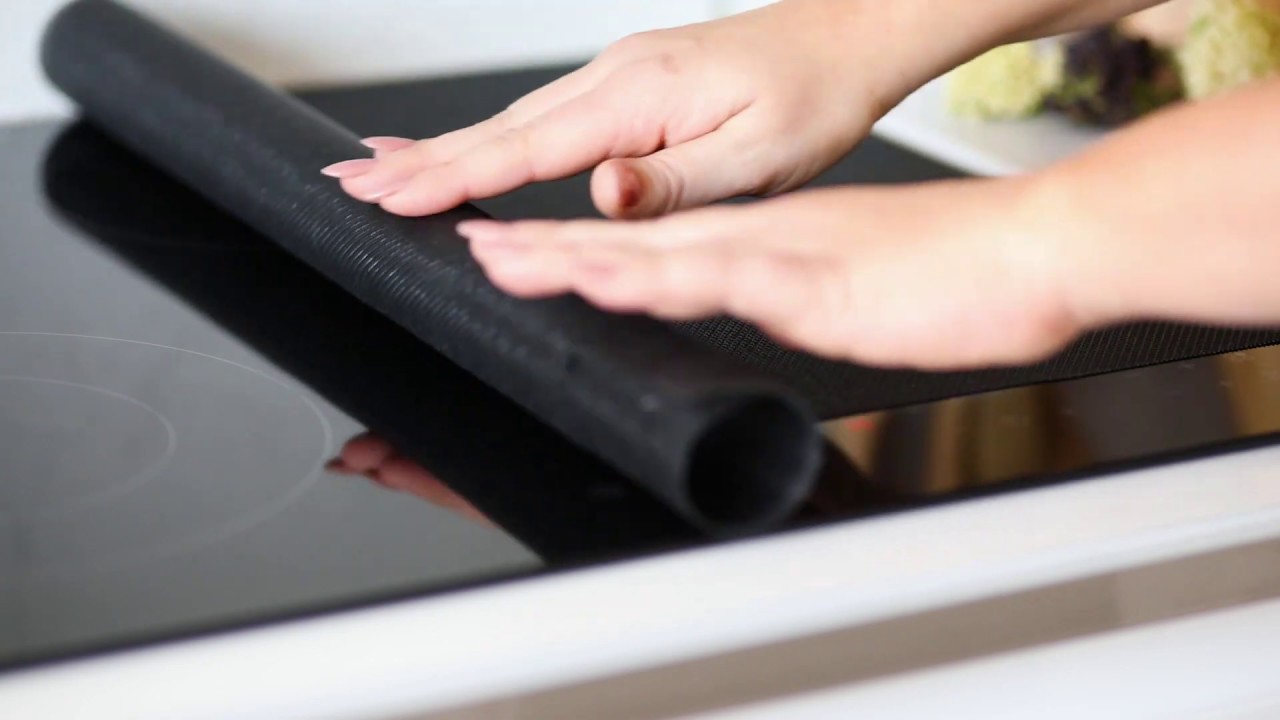

0 thoughts on “How To Start A Wardrobe From Scratch”